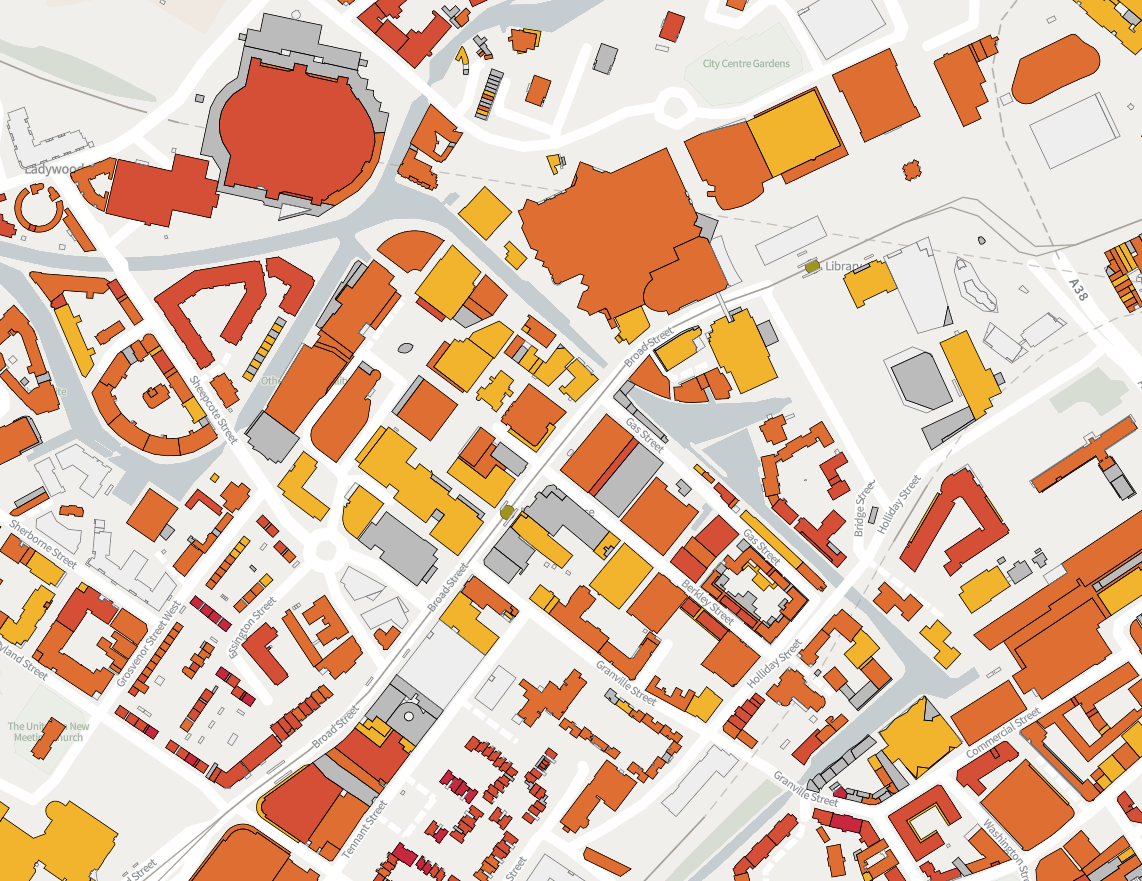Model limitations

What are the model limits?
Solar Wizard helps individuals, local authorities and community groups assess if their building(s) are right for solar PV panels. It uses a set of digital datasets and standard assumptions – because the real world is likely to be more complicated than the model there are some limitations you should be aware of to make sure the results are useful to you.
Economics
Solar Wizard offers several options to fine-tune its economic calculations to your needs. The more accurately your circumstances are represented, the more useful the results will be. However, there are a few costs that it does not cover:
Scaffolding costs
This can be a major additional cost. Installers must access your roof to install panels. To do so, they will have to build scaffolding. It’s hard to estimate the cost of scaffolding because it depends on a lot of things, including the height of your building. As an indicator, prices are often around £500-1000.
Perimeter access costs
Your building may be next to a road, in which case it is easy to access, but maybe you live at the end of an unpaved farm track. Installers may have to spend more to access your property, and they may pass those costs along to you.
Roof state
There is no way to assess the condition of your roof without visiting. If your roof is weak or damaged, then there will be additional costs to repair this damage before panels can be mounted.
Wiring costs
Installers must wire your panels into the electricity grid and your home electrics. The length of the wire for this can vary considerably, affecting costs.
While Solar Wizard will give you a reasonable estimate of the costs, it does not give the complete picture. The best way to think of this is that Solar Wizard provides an initial estimate, which can then be made more accurate through on-site assessments by an installer. See this guide for where you can find an installer, and what to look out for.
Limits in the model
Shading
The way the horizon shading profiles are modelled means that the profile can account for things like buildings and hills but is unlikely to account for smaller objects like trees and lampposts. The modelled shading profile should be compared to what you can see in the real world to understand if there may be additional shading.
Flat roofs
Panels mounted on a flat roof will need to be mounted on a frame. The model considers them as being mounted on frames at 10 degrees. The best angle would be between 30-40 degrees, which increases the electricity generation for each panel, but costs more because they need more ballast. More steeply angled panels also require more spacing between them, which can decrease the overall electricity generation.


